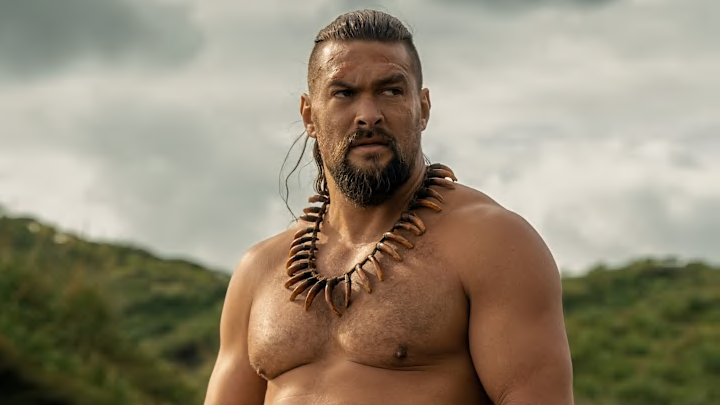Apple TV+’s new original series Chief of War explores events little known to most people. Taking place in the Hawaiian Islands, toward the end of the 1700s, it tells the story of the violent unification of the kingdoms that made up the islands.
Jason Momoa stars in this historical drama and serves as the co-creator and co-writer. He is impressive and convincing in the lead role of Ka'iana, and he brings a quiet intensity to the role.
The first episode of Chief of War gives a brief introduction to the state of affairs in the islands. Four kings rule their individual islands, the kingdoms of O’ahu, Maui, Kaua’i, and Hawaiʻi. The four island kingdoms exist in an almost constant state of war, where their kings fight to gain dominance over the others.
All of the people in these kingdoms wait for the fulfillment of a generations-old prophecy that states that a “star with a Feathered Cape will signal the rise of a great king. He will unite the kingdoms and end the age of war.” The comet appeared, and yet no king has been able to unite the kingdoms, and wars between the island kingdoms continue unabated.
Momoa’s character, Ka’iana, is clearly a great warrior. That is established quickly with a couple of well-choreographed scenes. Ka’iana and his family are weary of the war and killing, and have moved away from Maui. They want to live in peace away from the pervasive violence.

King Kahekili wants his prized warrior back and convinces him that the king of O’ahu has amassed a large force of warriors. Kahekili convinces Ka’iana to lead a small force, which consists of Ka’iana’s family, to capture a priest from a temple. After meeting some resistance upon hitting the O’ahu beach, Ka’iana quickly realizes that the people he is fighting aren’t warriors, but farmers and fishermen.
King Kahekili uses Ka’iana as a decoy and attacks the palisade protecting the young king of O’ahu. Kahekili has easy success and orders the murders of all of the people within the palisade. The king’s treachery and brutality anger Ka’iana. This is an example of why Ka’iana leaves Maui in the first place.
Apple TV+’s Chief of War brings an authenticity to the screen
Filmed in New Zealand’s Bay of Islands because of its similarity in features to how Hawaiʻi probably looked in the late 18th century, and is relatively untouched by the modern world. Other scenes are filmed at Kalapana, Hawaiʻi, according to 4 Filming.
What lends to the authentic feel of this historic drama is the cast. Most of the actors are Hawaiʻian, or are of Polynesian descent. The dialogue is in Hawaiʻian, with subtitles. Do not let the subtitles chase you away from Chief of War. After the first few scenes, you will not even notice them.
This is a story of war, and violence is abundant. It is a personal violence, most of which takes place in hand-to-hand combat. The weapons are primitive, including wooden spears, wood and leather cudgels, sometimes studded with shark teeth or sharp stones. They are brutal tools of war, and the battles reflect that.

The show maintains a quick pace and quickly immerses the audience in the story. At the beginning, Chief of War briefly informs the audience of the historical setting, but then jumps right into the story and character development.
The unification of Hawaiʻi is an interesting story to tell, but Hollywood hasn’t spent much time on the topic. There is such a rich history on the islands, but it has largely been ignored. The best-known effort to tell the tale was the 1966 movie Hawaii, based on the hefty James Michener novel of the same name. The book was much better and much more detailed, and it is highly recommended.
Considering how many shows have been filmed in Hawaiʻi over the decades, it was about time homage was paid to the history and culture of the islands. Hopefully, Chief of War will continue to tell the story of unification in a realistic and respectful manner.
